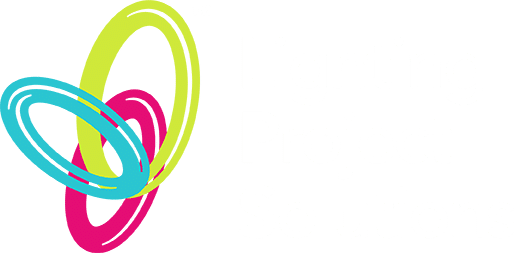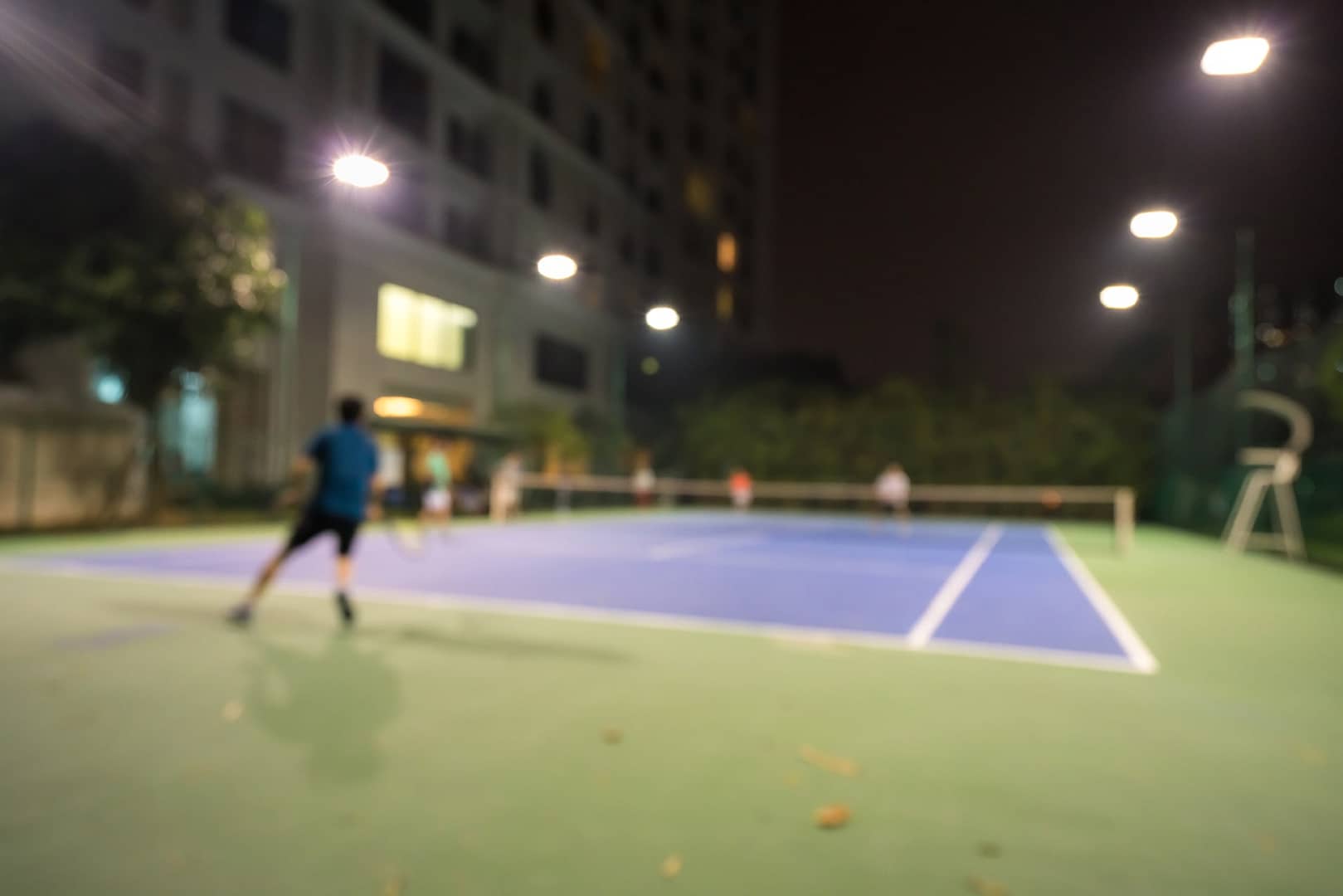Not to be confused with the person who steals handbags, multi-use games areas (MUGAs) present one of the greatest challenges in sports lighting; and our experience has shown, like most things in life, planning and preparation are key to achieving a system that works for players, spectators, and our natural surroundings.
MUGAs are important community spaces and building blocks of our social infrastructure. They are places where people young and old socialise, develop friendships, and nurture talent while engaging in a wide range of sports and activities.
They are prevalent in several different establishments, indoor or out, including schools, leisure, and sports clubs. For this ‘how-to,’ we will focus on outdoor MUGA’s.
In the UK, we are fortunate to enjoy extended daylight hours in the summer to pursue sport and leisure activities. However, in the winter, daylight can be as little as 7 hours per day and can significantly reduce the opportunity for outdoor sport and recreation.
The installation of outdoor floodlighting allows a facility to become more cost-effective and accessible, as you can use the pitch even when visibility is poor. This is excellent news and a potential revenue source for organisations as it allows the pitch to be rented out for evening training sessions. LEDs have made this more viable, with lower operating and maintenance costs.
Your MUGA scheme will be affected by different factors, including your surrounding environment, the dimensions of your facility, and the specification of the surface.
Rest assured; we are here to help.
Planning and preparation
Whereas the pitch lighting may be the priority, you may also want to consider the car park and changing rooms. Our team can help you with both the floodlights and columns.
For optimum performance and lower costs, floodlights are typically mounted as high as possible.
From the offset, contact your electrical contractor and discuss the cabling and installation of columns, floodlights, switching, and control gear.
Likewise, check the legal requirements. Your local authority planning services will usually have views on planning issues and restricting obtrusive light and will often refer to documents published by national lighting bodies.
Site conditions, access for maintenance, and the sport involved will influence your choice of floodlight support. Columns, which can be lowered to the ground by a hydraulic jack, are popular for smaller schemes. All columns will need to be ordered separately, and, again, our team is at hand to help you with this.
Let’s, look at light levels.
National bodies such as Sport England stipulate lighting levels for MUGAs, but they can vary depending on usage and location.
Pitches designed for multi-sport should ensure that their proposed lighting considers the needs of all the various sports to be played.
Where no lux levels are stated, the minimum levels of performance should follow FIFA’s Class II, i.e., a maintained average illumination of 200 lux.
Care must be taken to ensure that the lighting design produces uniformity of the required illumination and that glare and light pollution are minimised.
Pitch lighting is usually mounted onto 15m or 16m high columns (6 or 8 for a full-size pitch), positioned along the side of the pitch outside the fence line.
To minimise running costs and for flexible use, it’s a good idea to install a system with controls, to allow part illumination of the pitch and a lower lighting level for training.
Sport England gives the following guidance for MUGA floodlighting levels, based on measurements taken after dark at ground level.
Type 1, Type 2 and Type 3 MUGAs
maintained average illuminance >400 lux
uniformity (min/ave) >0.7
Type 4 MUGA
maintained average illuminance >200 lux
uniformity (min/ave) – full lighting >0.7
maintained average illuminance – secondary level lighting for training >200 lux
Type 5 MUGA
maintained average illuminance >350 lux
uniformity (min/ave) – full lighting >0.7
maintained average illuminance – secondary level lighting for training >200 lux
Let’s get it right
Our top tips for success:
- Use a professional lighting design service (such as ours) to design a scheme that limits obtrusive light
- Floodlights should have 0% ULOR
- Ensure a precise “cut-off” near the boundary so that light trespass is minimal.
- Select playing surfaces of lower reflectance to minimise upward reflected light
- Don’t over light
- Check floodlights are installed and aimed as planned
When the job is finished, maintain the system.
LPS offers several solutions for your MUGA projects; we can work with you to meet your specific requirements and remain within your budget, ensuring a high-performance result with the correct lighting for your facility.
Good lighting improves safety, inspires performances, and lets the crowd see clearly. So, stay ahead of the competition and contact us today.
Recommended Products




